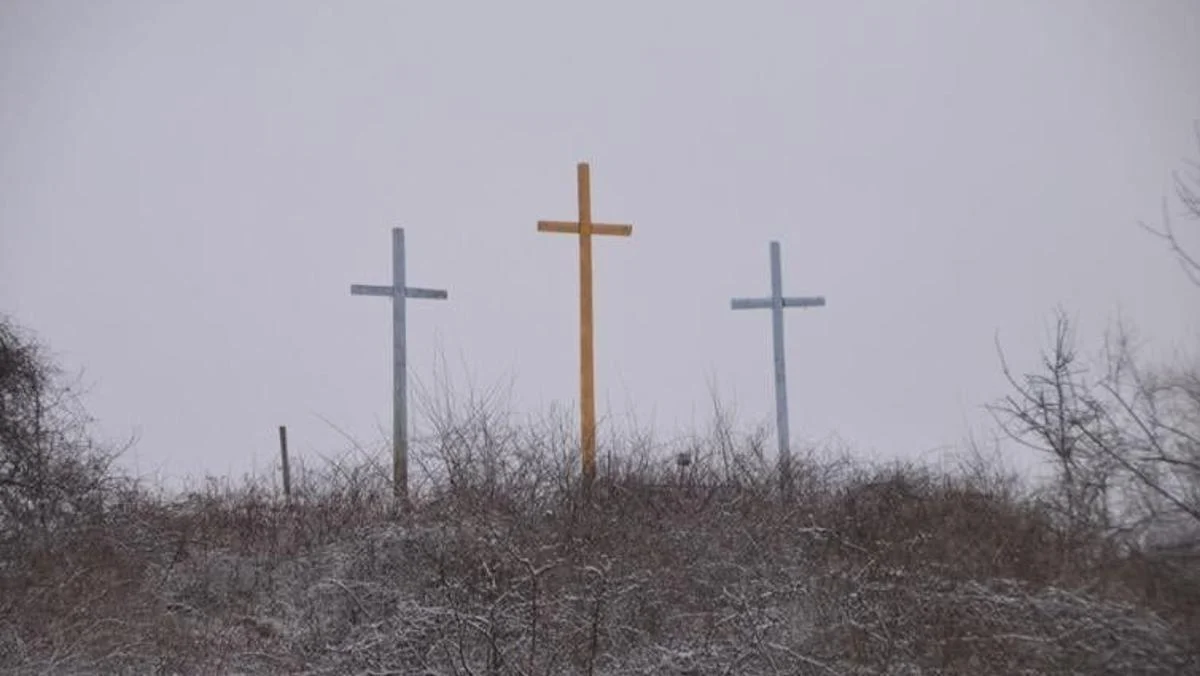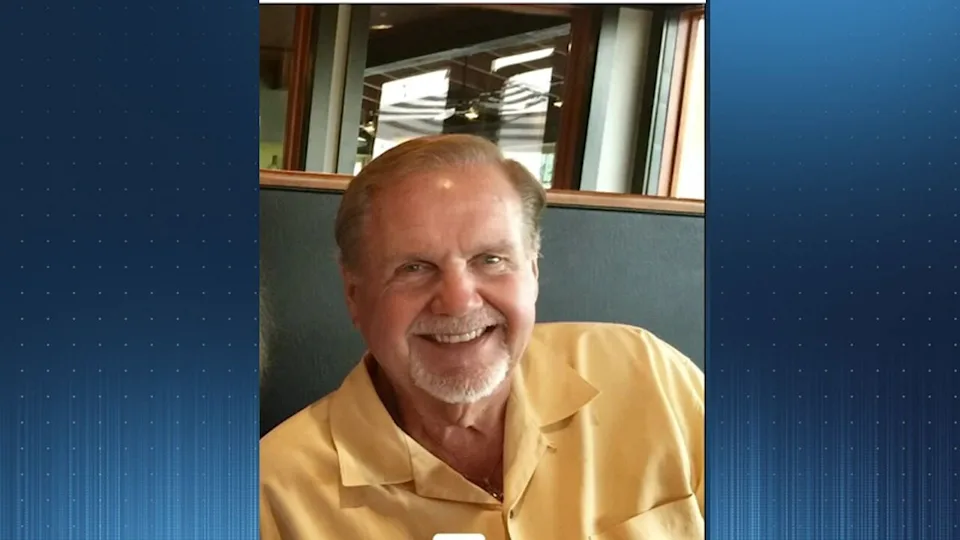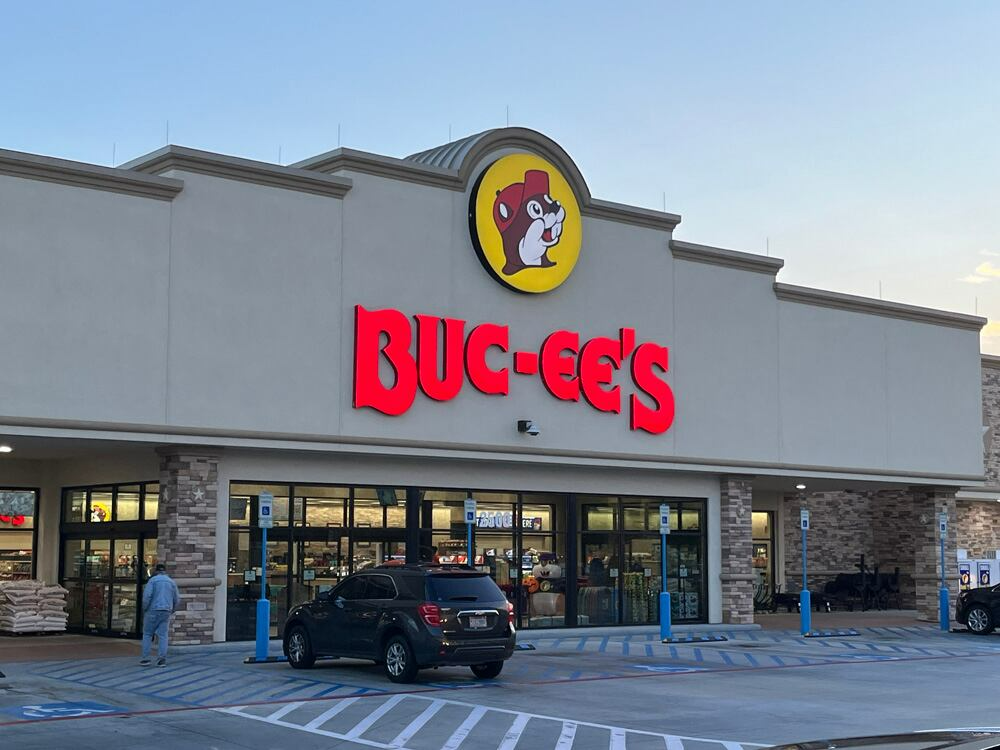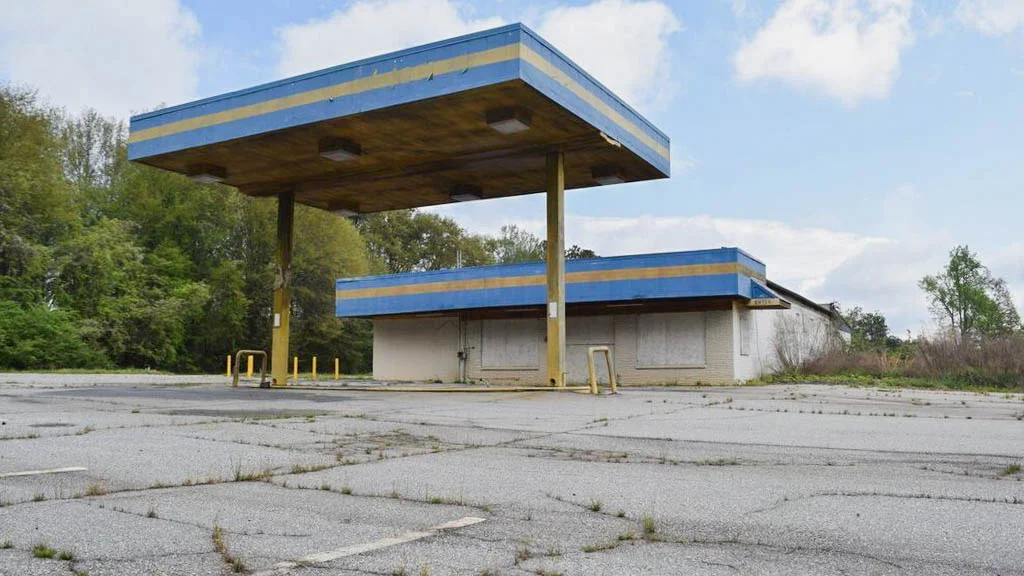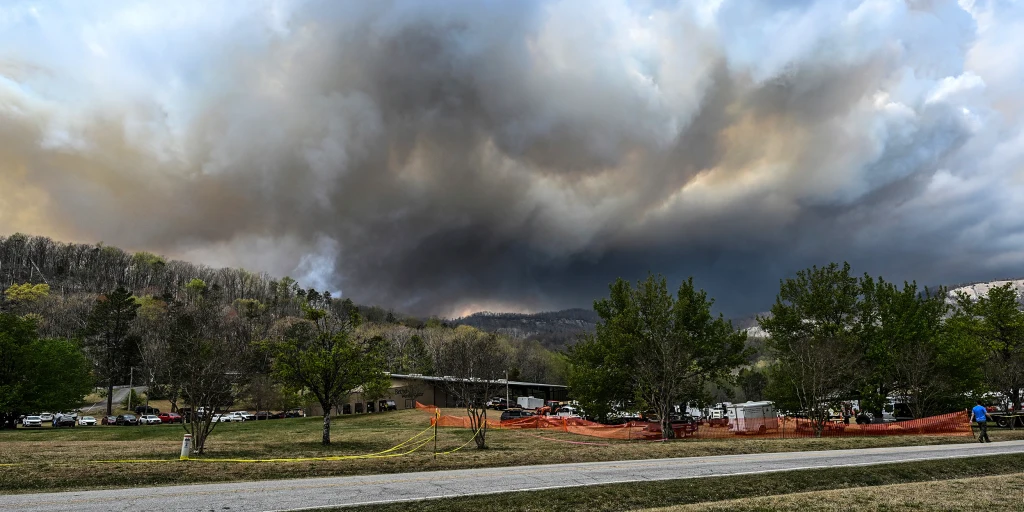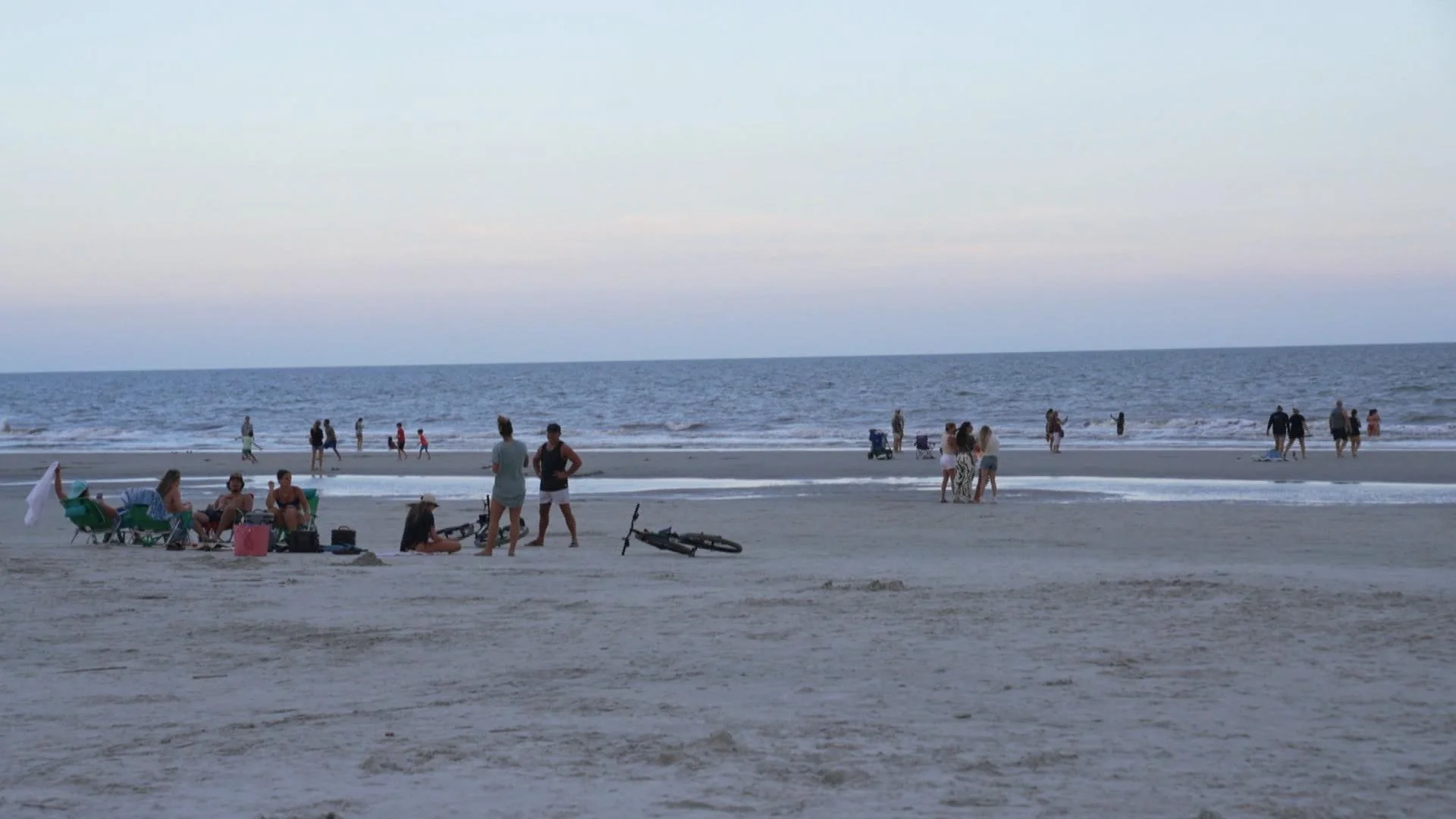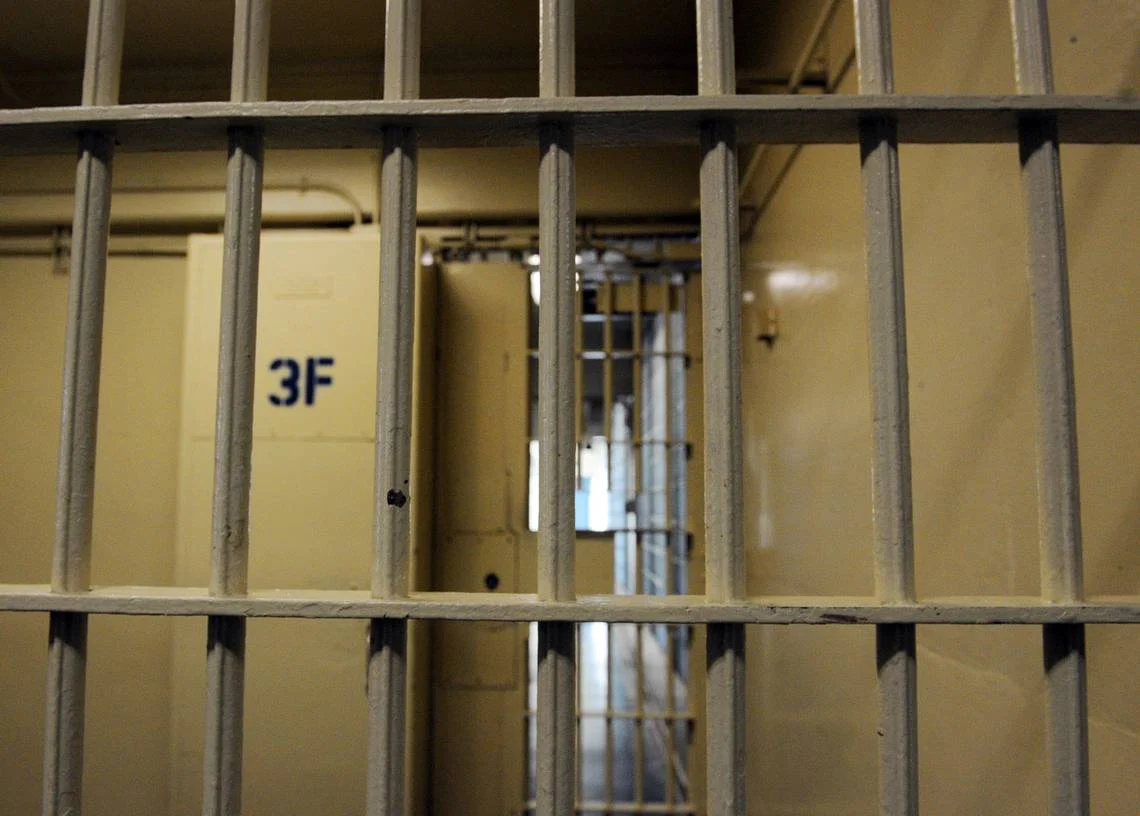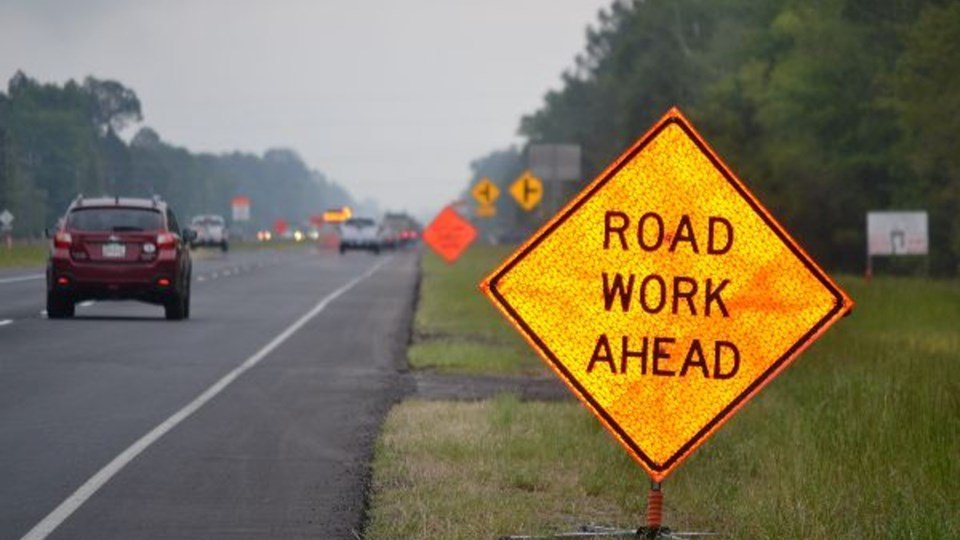W.V. SUTTON.Highway travelers in the South and the eastern United States have been seeing enigmatic clusters of three crosses on hillsides for decades. The legacy of Rev. Bernard Coffindaffer, a West Virginia preacher who felt God had called him to use these roadside installations to spread the word about Christ’s crucifixion, is represented by these famous symbols: a gold central cross surrounded by two blue ones.
A Spiritual Calling Becomes a National Mission
Coffindaffer claimed to have had a spiritual epiphany in the middle of the night in 1984. He claimed to have heard the authority of God’s voice, but he did not experience a vision. In order to symbolize Calvary, where Jesus was crucified between two thieves, that voice told him to create three crosses.
Coffindaffer used $3 million of his own funds to start the nonprofit Cast Thy Bread Inc., and within a few years, he had constructed hundreds more. The first set was raised along I-79 near Flatwoods, West Virginia. He raised money for the project by selling his coal-washing company. (Explorer West Virginia)
Why Gold and Blue? The Meaning Behind the Colors
Each trio has two 20-foot blue crosses on either side of a 25-foot center cross painted in gold. According to Coffindaffer, blue stood for the Earth and gold for royalty. Echoing the biblical site of the crucifixion, Golgotha, the majority were erected on knolls or hilltops.
Many of the locations—such as the crosses across the Kanawha River close to Gauley Bridge—became famous sights and are today some of West Virginia’s most photographed locations.
Growth, Decline, and Legacy
In 29 states and abroad, including the Philippines and Zambia, more than 1,800 units were installed between 1984 and Coffindaffer’s untimely death in 1993. A group named Crosses Across America Inc. made an effort to keep up the installations after his death, but many of the crosses have already fallen into disrepair and the official website has gone down.
Dozens remain in West Virginia alone, however some are now corroded or twisted. In Sutton, a particularly well-known set looms over US 19 close to Herold Road, where a memorial was originally intended but never built.
A Personal Faith That Reached the Masses
After becoming a Methodist minister and receiving an honorary doctorate, Coffindaffer converted to Christianity at the age of 42. Many people acknowledged his unwavering dedication to sharing the gospel through a visual symbol that millions of travelers see each year, despite some people viewing his endeavor as odd.
His crosses stand tall in fields, next to rivers, and alongside freeways throughout the American heartland, serving as a silent reminder of faith, selflessness, and public witness.
During your travels, have you seen a set of Coffindaffer’s crosses? For more tales of Southern ancestry, culture, and faith, leave a comment below and follow the Saltuda Standard-Sentinel.
